Whether you're looking for a new fan or a replacement for an old one, determining the pitch of the blade is an important factor you need to consider. But if you don’t know how to measure blade pitch, don’t worry! We’ve researched and compiled the ideas of experts on measuring fan blade pitch.
In measuring the fan blade pitch, try one of the following ways:
- Angular finder: Lay the angle finder on the blade's surface as close to the bracket as possible and it will automatically display the blade pitch.
- Fan Blade Pitch Gauge: You can read the pitch gauge by attaching it to the center part of the fan blade and positioning the straight edge of it flat on the blade.
- Geometry: Get the height and width of the fan blade and compute the pitch using the formula [(Height / Width) x 180°] / 3.14159
Continue reading to learn more about measuring the fan blade pitch. We also cover information regarding purchasing fans and different pitches of fans. We will delve into everything here, so keep reading!
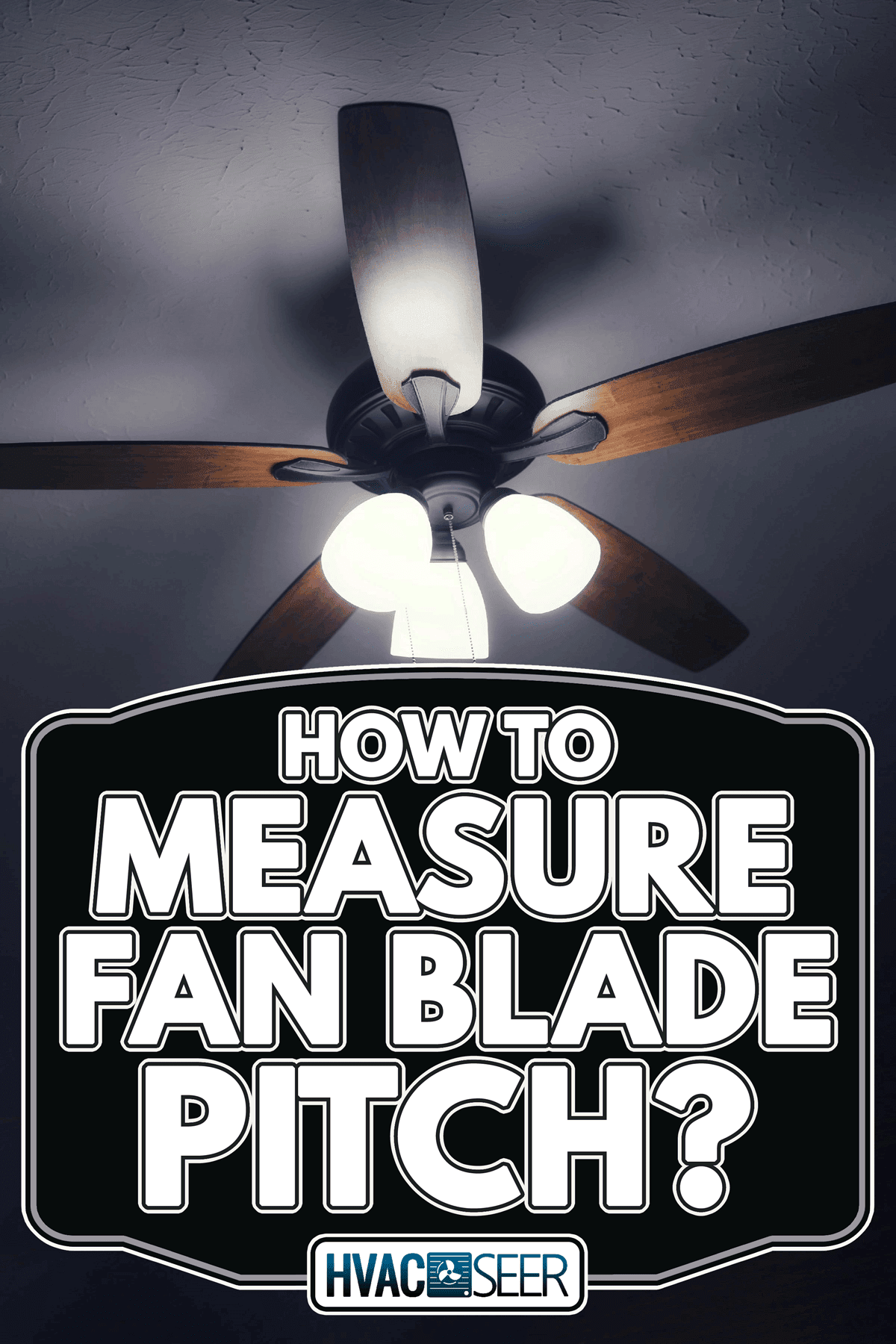
What Is The Blade Pitch Of A Fan?
The angle at which the blades are linked to the fan motor is referred to as blade pitch. This is the angle formed by the horizontal ground and the oblique cutting edge of the blades. The ceiling fan's airflow and cooling are affected by the angle of the blade.
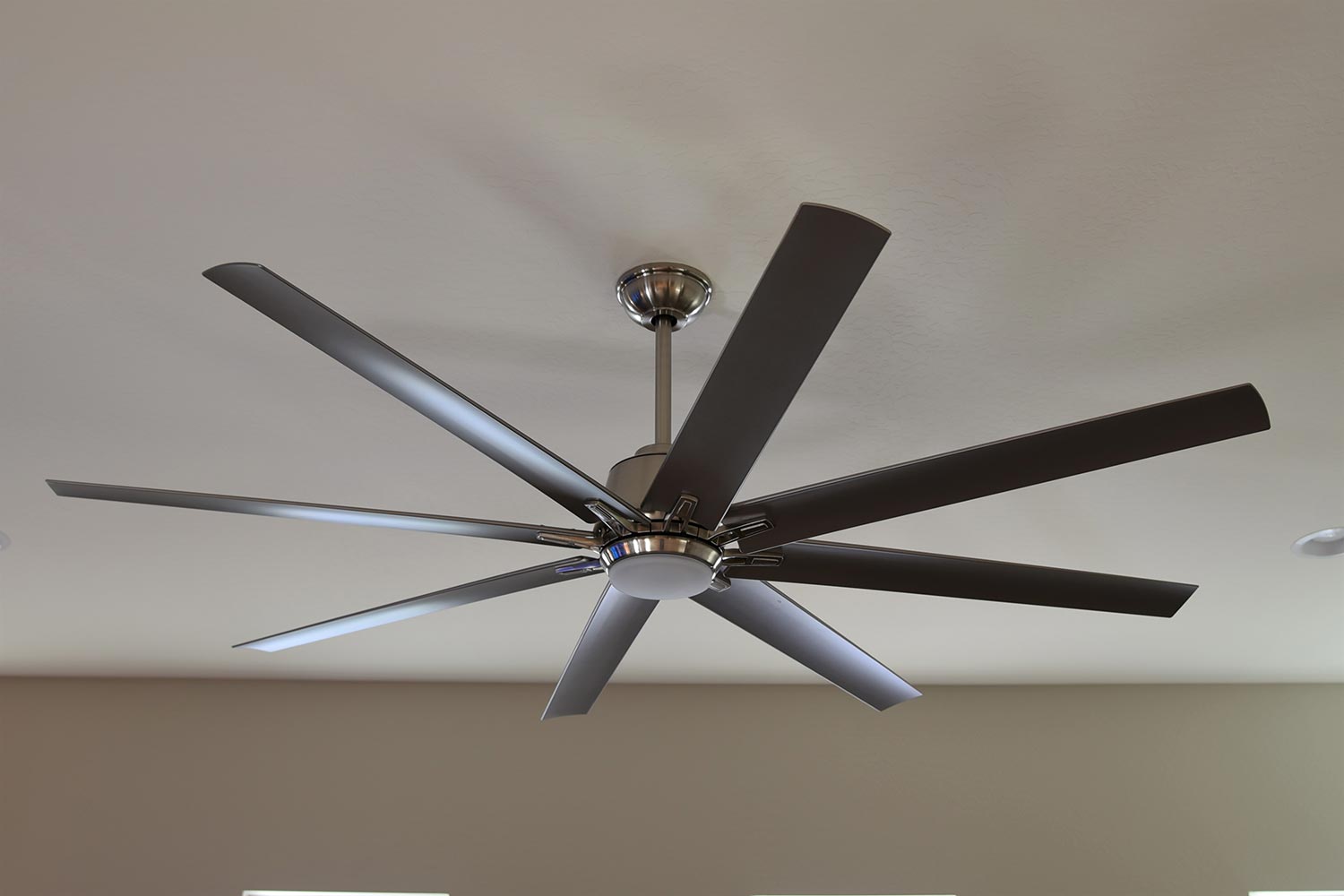
A greater blade pitch increases airflow. The blades move more and more air as the pitch of the blades increases. The blades move less air at lower pitches, but it is dispersed across a larger area.
Airflow increases as the pitch rises, resulting in a more concentrated stream of air that can be sensed across a smaller area.
Other elements, like the motor, blade shape, blade length, and distance from the ceiling, influence the airflow of a fan. These variables combine to aid the blades in overcoming drag as they move through the air.
Among all the factors mentioned, the motor has the largest impact on the extent to which a higher blade pitch can boost airflow. Most residential fans are not powerful enough to withstand the greater drag faced by blades with higher pitches.
The quality of the motor is frequently connected to the blade pitch. To achieve the optimum results, blade pitch and motor power must be in sync.
What Are The Different Blade Pitches of Fans?
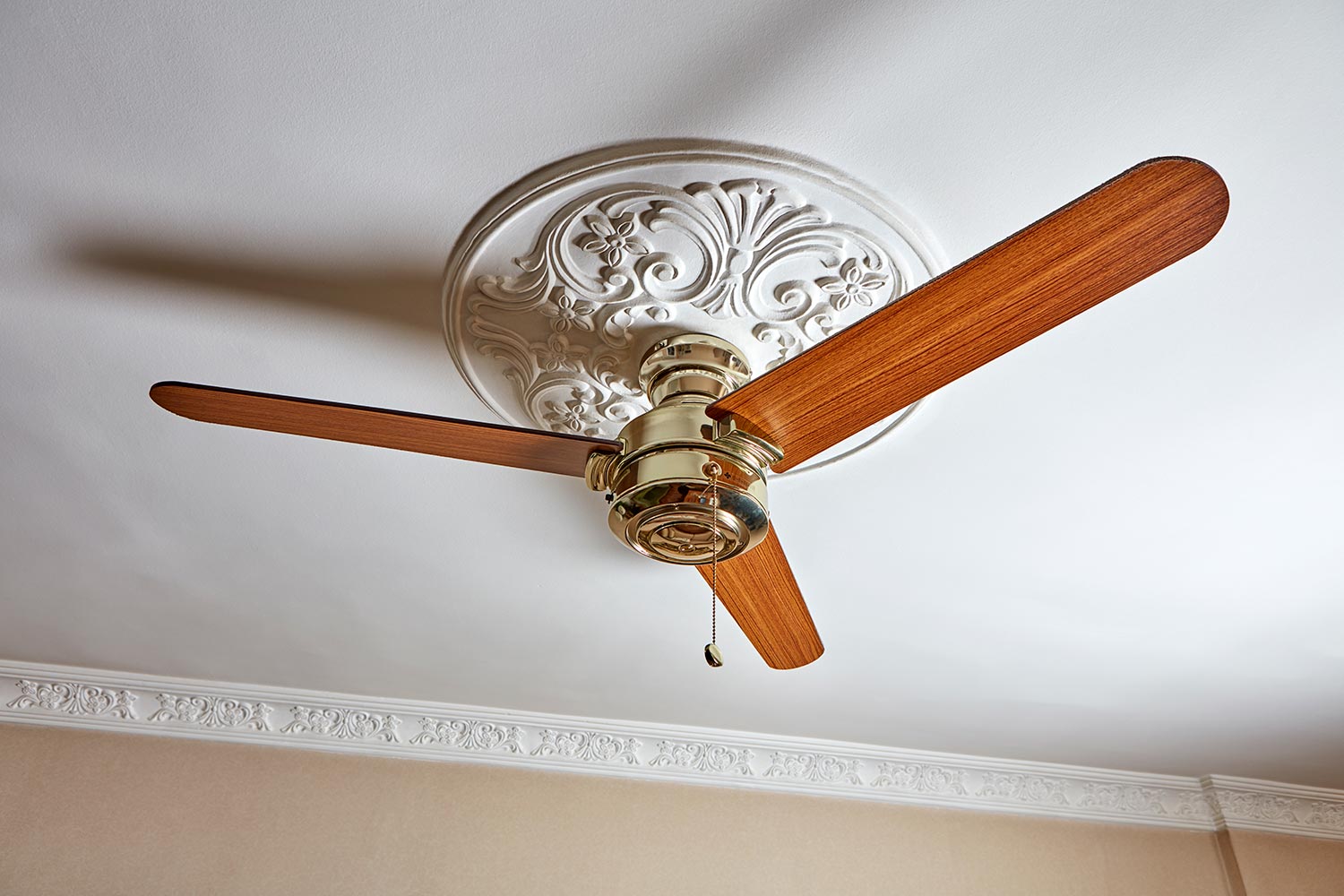
There are a variety of pitches for fans, and these are listed bellow:
- 10° - 12°: At medium fan speed, this type of fan has a narrow blade pitch and can generate smooth and gentle air circulation. It also uses less power.
- 13° - 15°: This is the most common blade pitch for fans on the market. This blade pitch is ideal for usage in any room of the house. It provides a pleasant air flow in the living area, bedroom, and kitchen.
- 16° - 18°: You get more airflow with this blade pitch. The fan blades demand a more powerful motor.
- 19° - 21°: This blade pitch provides forceful airflow. When the blades cut the air, they need a big, strong motor to overcome the air resistance.
- 22° - 24°: This high blade pitch can be used in industrial and commercial locations like warehouses and factories. These fans should be able to produce a lot of cubic feet per minute (CFM) because they are usually in a very high ceiling. The flow of air on the floor would be minor if the blade pitch was too small.
- 25°: In the fan industry, this is almost the highest pitch. It requires a high-quality motor due to the high air resistance. As a result, the ceiling fan would be more expensive.
- Adjustable Blade Pitch: The most advanced fan has an adjustable blade. For different uses, you can change the blade pitch. However, because the components are more complex, it is not appropriate for those new to fans.
How To Measure Fan Blade Pitch?
One of the characteristics that is most important on the fan blade and a bit difficult to measure is the pitch of the blade. There are various ways to determine the pitch of the blade, which are covered below:
Measuring Using The Angle Finder
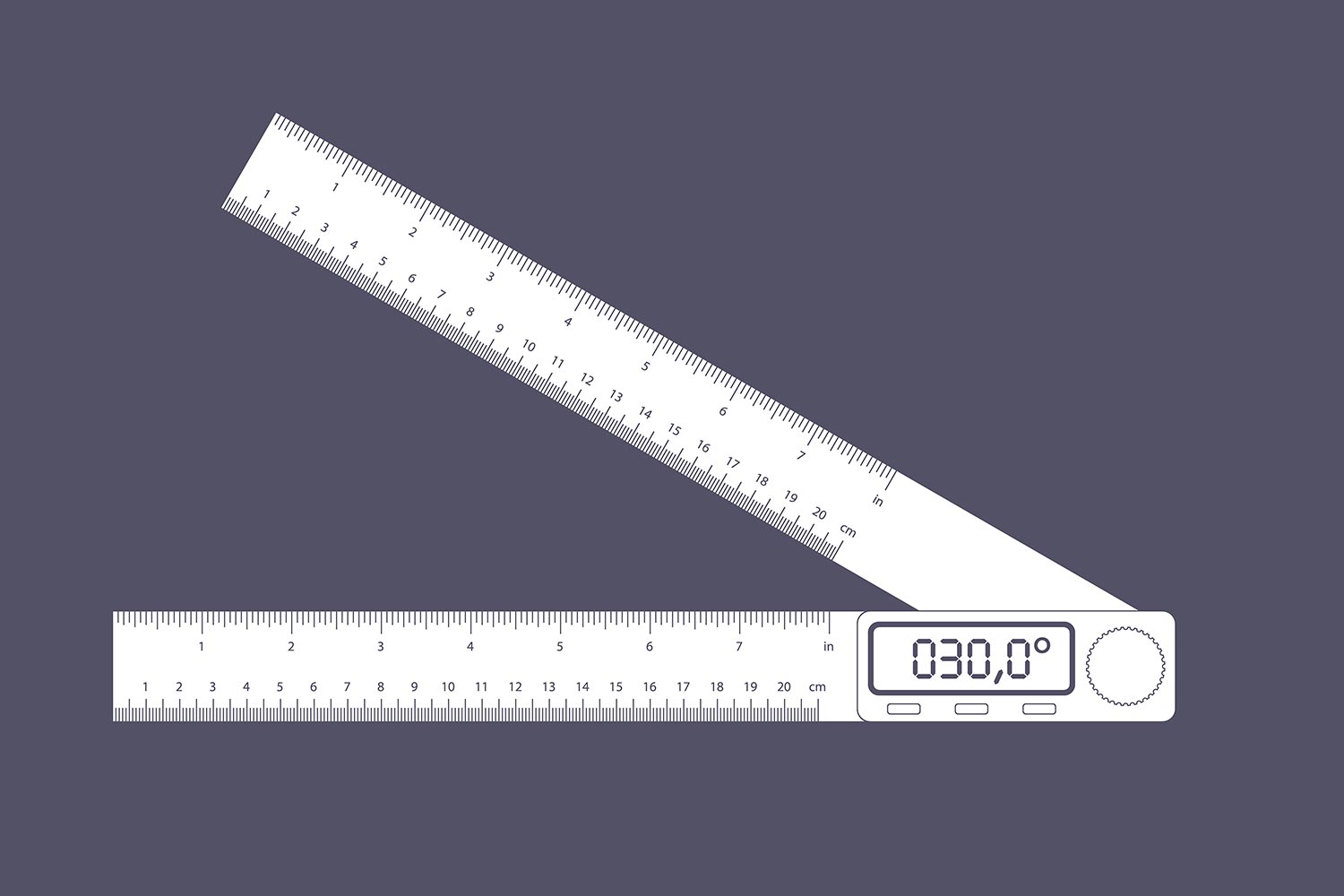
If possible, take your measurements while the fan is still mounted to the ceiling. If you need to remove the fan, ensure it's on a level surface and that the entire device is upright and level.
To determine the blade pitch, lay the angle finder on the blade's surface as close to the bracket as possible (but not on it) and ensure that the angle finder's short edge is perpendicular to the blade's long edge.
After you've done that, the angle finder will display the blade pitch in the digital display for you.
Click here to see this GemRed digital angle finder on Amazon.
Measuring Using Fan Blade Pitch Gauge
To measure how much twist a blade has on the hub, use a fan blade pitch gauge. This particular tool will also tell you the rotation of the fan blade, although you can easily tell the rotation by just looking at the fan.
Click here to see this CAI Dayton fan blade pitch gauge on Amazon.
In finding the pitch, you only have to attach the pitch gauge to the spider of the fan blade. The spider is the flat center part of the fan blade. Then position the straight edge portion of the pitch gauge flat on the blade. After that, you can read the angle of the fan on the pitch gauge.
Measuring Using Geometry
There may be times when you do not have a fan blade pitch gauge available and still need the information. The alternative is using geometry or manual computation. In determining the pitch of the fan blade, you need to get the height and width of the fan blade.
When we talk about the height of the blade, that’s when you have the fan flat on the surface. Then measure the highest point on the blade down to the surface using a measuring tape. After that get the width of the blade.
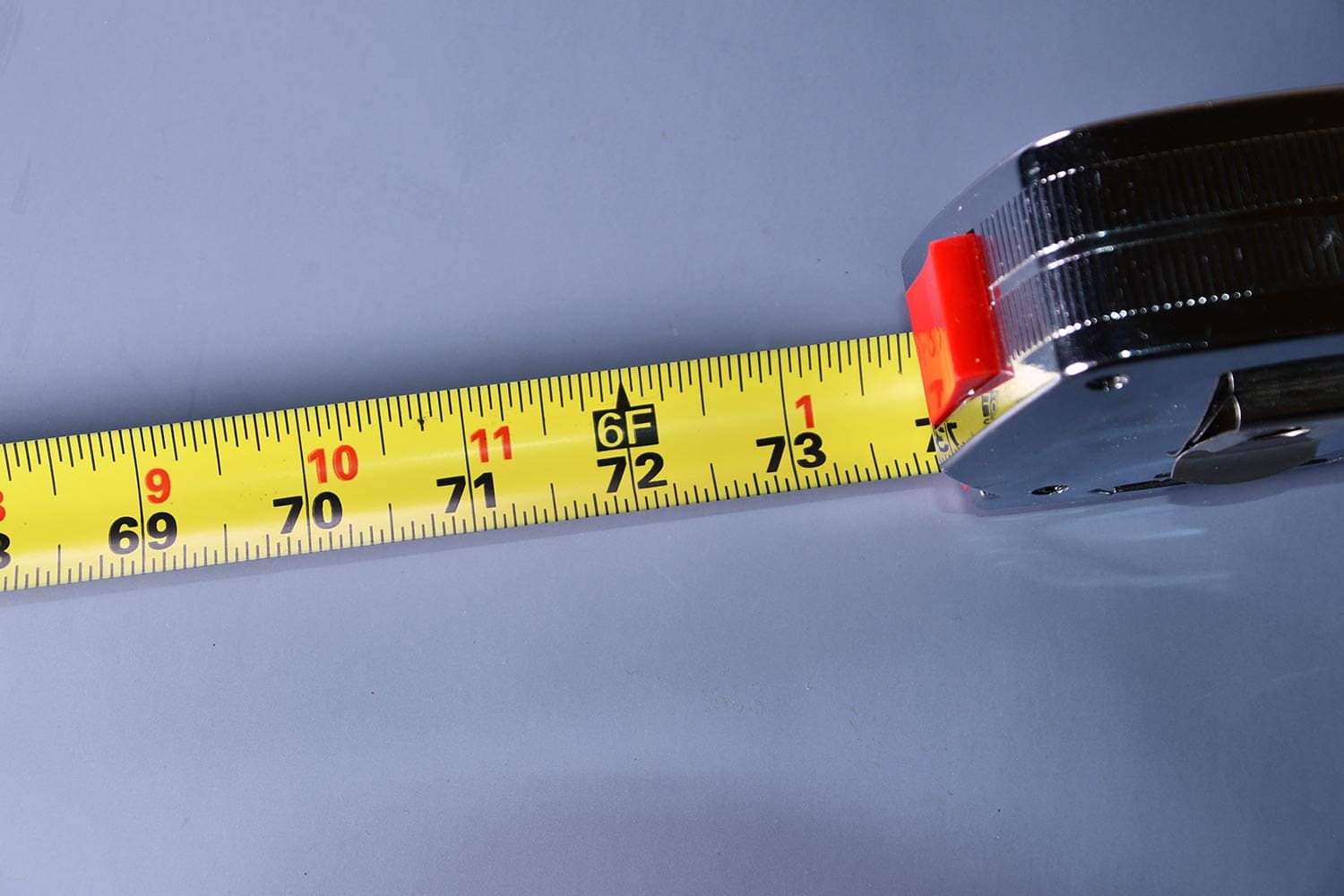
Click here to see this Komelon self-lock power tape on Amazon.
If you already have the height and the width of the fan blade, you can go through with the computation. Divide the height by the width. Then multiply by 180°. Lastly, divide it by the mathematical pi (), which is 3.14159 and finally, you will get the pitch of your fan blade.
To simplify, the formula will be,
- [(Height of the Blade / Width of the Blade) x 180°] / 3.14159 = Pitch of the Fan Blade
For a demonstration, check out the video below.
What Is The Ideal Pitch For Fan Blades?
The recommended pitch for most fans intended for household usage is between 12° and 15°. This is because even relatively weak motors may create adequate airflow over a large area at this pitch.
For commercial and industrial ceiling fans, the appropriate pitch can be as high as 20° to 25°. However, because these fans are designed for air circulation rather than cooling, they are not suited for use in the home.
What Should You Consider When Purchasing a Fan?
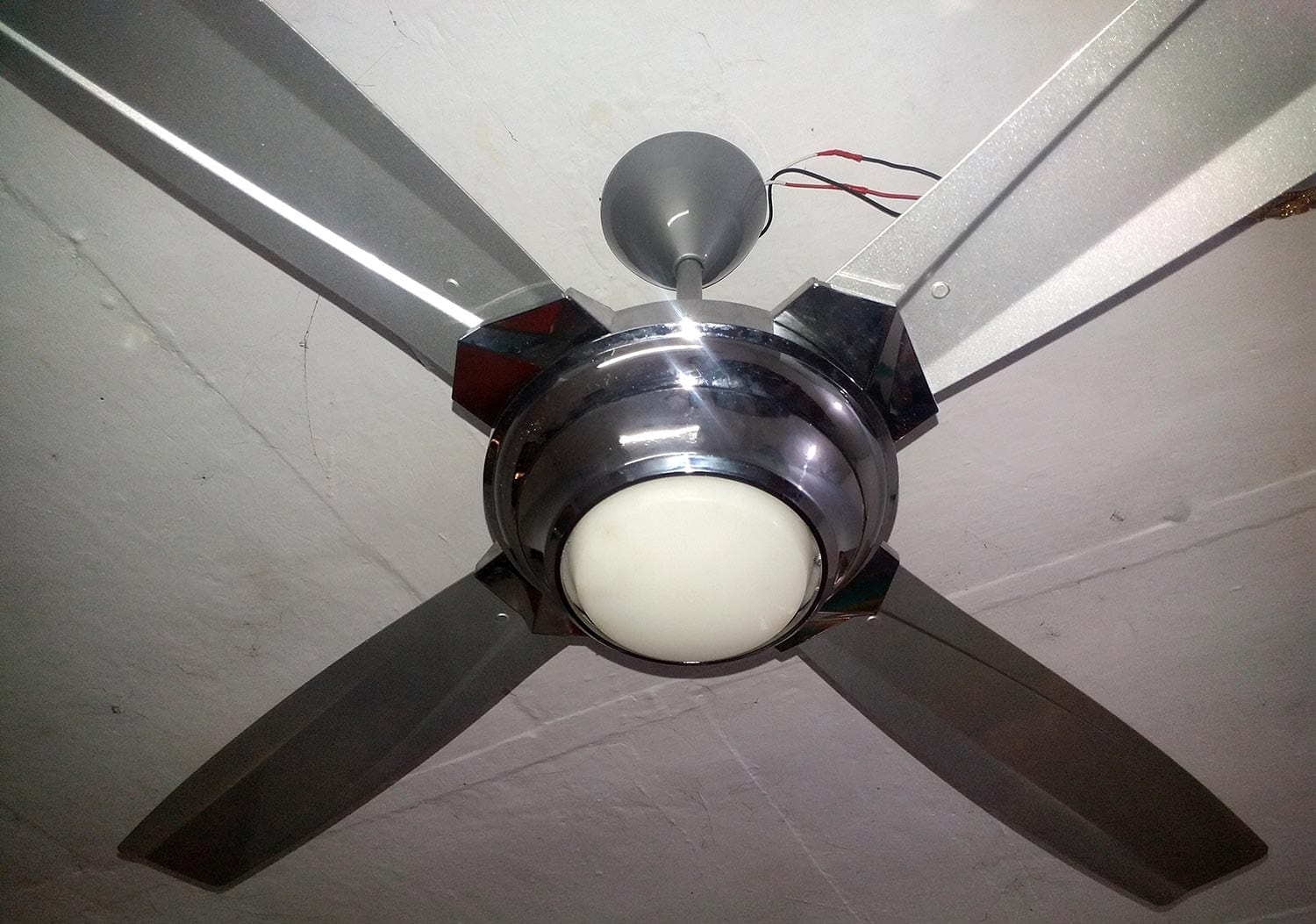
Five factors should be carefully evaluated in order to find the best one for you. Here’s what you should look for:
Blade Pitch
As we mentioned above, the angle at which the blades are linked to the fan motor is referred to as blade pitch. It is important to discover the ample pitch since every degree of alignment influences how much air is moved. A fan with a 14° blade pitch, for example, pushes around 80% more air than one with a 10° blade pitch.
Energy Star Rating
Look for Energy Star-Rated fans. These fans will last a long time and save you money. When you see this logo, you can be confident that the fan has undergone extensive testing and fulfills stringent standards. It is constructed of robust and trustworthy parts and operates more efficiently than non-rated competitors.
Airflow Direction
Ceiling fans can rotate in either a clockwise or counterclockwise direction. The air will be forced directly downward if you turn your fan counterclockwise. This setting is perfect during summer when the downward airflow provides a pleasant cooling wind throughout the room.
You may even drop the "feel" temperature of the room by 8° if your fan has a greater blade pitch!
However, during the winter, hot air rises to the ceiling. So you should turn your fan clockwise to push air off the ceiling and out to bounce off the walls, creating a warmer atmosphere that fills the entire area.
Fan Size
When buying a fan, make sure it's the proper size. It's important to consider the size of the room you intend to put it in. If you want to put a fan in a small room, make sure it has a reduced fan blade width. Bigger fans are suitable for bigger rooms to ensure maximum benefit.
Fan Style
To bring everything together, make sure your fan matches the rest of your decor. If the rest of your furniture is more modern, a vintage-style fan can look out of place.
Take the time to look at all of the many colors, designs, and forms that are available in different fan styles. A fan, believe it or not, may serve as a centerpiece and help to bind a room together.
Final Thoughts
The fan blade pitch can change over time and you may see the blades become deformed or bent. The solution in this instance is to replace the blades or—if none are available—the entire fan.
Determining the pitch of the blade through the methods mentioned above will help you decide what fan to get in order to maximize its benefit.
For more helpful information, check out the posts below.
What Is A Good Airflow For A Ceiling Fan?
How Much Electricity Does A Fan Use?



